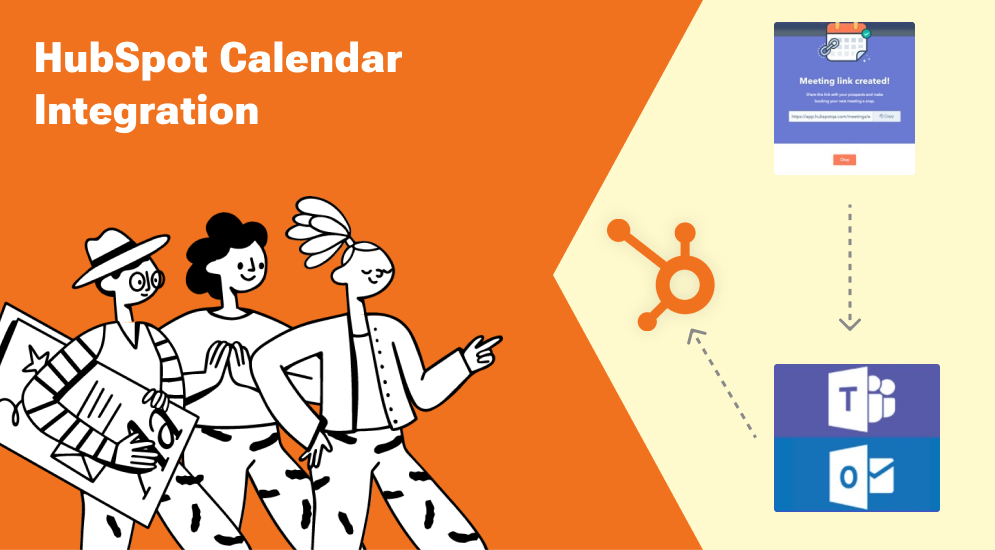Listen to the Blog
“If you can’t measure it, you can’t improve it.”
Your website isn’t just a digital brochure—it’s the launchpad for every campaign, conversion, and customer journey. But too often, marketers only look at surface-level metrics like page views or bounce rate.
To truly grow, you need to track what drives results, and HubSpot gives you the tools to do precisely that.
In this blog, we’ll show you how we help clients track, analyse, and optimise their websites inside HubSpot—and what data you should focus on to improve performance.
First: Define What “Performance” Means to You
Before you dive into metrics, get clear on your website’s purpose. Are you:
-
Generating leads?
-
Educating prospects?
-
Converting free users to paid customers?
-
Driving webinar signups or downloads?
Your metrics should align with outcomes. For example, don’t obsess over bounce rate if your goal is lead generation.
What You Can Track Natively in HubSpot CMS
HubSpot gives you powerful built-in tools—no plugins required.
Here are the key metrics and areas we track for clients:
Website & Page Performance
-
Page views, bounce rate, time on page
-
Exit rate per page (are key pages losing people?)
-
Session-to-contact conversion rate
-
CTA click-through rate (CTR)
-
Traffic source breakdown
Landing Pages
-
Conversion rate (form submissions/views)
-
Scroll depth (how far users go)
-
A/B test performance (HubSpot supports built-in testing)
-
Device performance (desktop vs mobile)
Blog Analytics
-
Views per post
-
Submissions via blog CTAS
-
Entry and exit posts
-
Lead generation from blog visits
CRM Metrics (Connected to Web)
-
Contacts by source/page
-
Lifecycle stage movement
-
Deal creation tied to web activity
-
Attribution reports (multi-touch)
Real-World Example: How Metrics Improved Marketing ROI
Client: A startup running lead-gen campaigns through paid traffic.
What Was Missing:
-
They had landing page views, but no idea how they were converting
-
CTAS and forms weren’t tracked
-
Pages weren’t linked to campaigns or CRM reporting
What We Did:
-
Set up full analytics via HubSpot CMS
-
Implemented CTA tracking on all key pages
-
Connected submissions to lifecycle stages
-
Created custom dashboards by campaign
Results in 45 Days:
-
52% increase in page-to-lead conversion rate
-
Identified 3 underperforming landing pages and rebuilt them
-
MQL quality improved due to better content attribution
What Metrics Matter (And What to Ignore)
Focus on:
- Conversion rate per page/template
- Time on page for content-driven experiences
- Form submission rates by source
- Top converting CTA's
- Traffic sources that result in qualified leads
Don’t obsess over:
- Raw pageviews (without context)
- Vanity metrics like social shares
- Bounce rate alone (it’s misleading without other signals)
How We Help Clients Track (and Act On) Website Performance
When you work with us, performance isn’t an afterthought—it’s baked in.
- HubSpot dashboards setup
- CTA + form analytics implementation
- Template-based reporting
- A/B testing strategy + deployment
- Monthly performance audits
- Recommendations for content, UX, or design updates


.png)





%201.png?width=1016&height=912&name=image%20(54)%201.png)